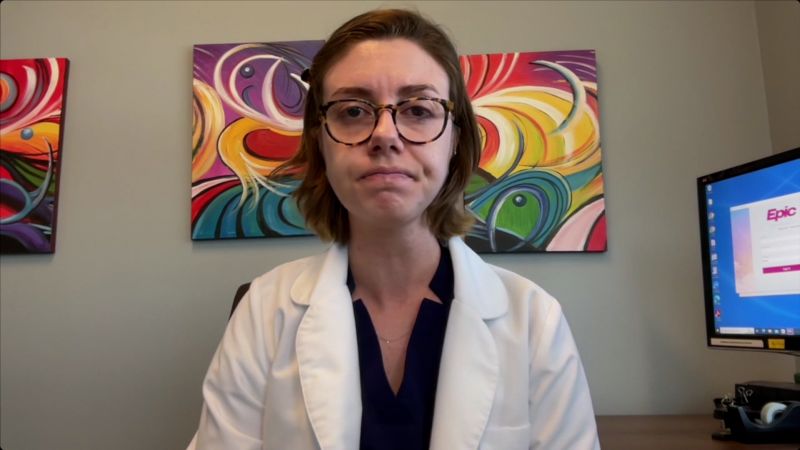Since the late nineteen-seventies, the Australian musician Nick Cave has given voice to our gnarliest impulses and fears. As a founding member of the cacophonous post-punk band the Birthday Party, he sang of sexual perversions and violent reveries in a dank baritone, a misfit visionary in the spirit of Tom Waits, Alan Vega, and Iggy Pop. (In 1981, “Release the Bats,” one of the band’s first singles—“Release the bats! Release the bats! Pump them up and explode the things!”—was declared Song of the Year by the BBC broadcaster John Peel.) In 1983, Cave formed Nick Cave and the Bad Seeds; over time, his lyrics grew sharper and more striking. In 1997, he released “The Boatman’s Call,” a bleak and tender piano record about romantic devastation. The album showcases his aptitude for articulating heavy and complex human experiences with elegance and gall. If you have ever felt a strange, throbbing ache somewhere low in your gut—born of heartbreak, yearning, or some depraved desire—Cave probably has a song for that.
In 2015, when Cave was fifty-seven, his fifteen-year-old son, Arthur, died after accidentally falling from a cliff near the family’s home, in Brighton, England. In the aftermath, Cave turned his focus to another taboo experience: grief. “Skeleton Tree” (2016), the first record he released following Arthur’s death, opens with a declaration: “You fell from the sky, crash-landed in a field near the River Adur,” he chants. “With my voice, I am calling you.” The album was followed, in 2019, by “Ghosteen,” a singular and profound meditation on loss and the afterlife. I have never heard anything like it. On “Bright Horses,” Cave occasionally breaks into a pure, spectral falsetto that sounds only partially human. “Everyone has a heart, and it’s calling for something,” he sings in an early verse.
Through these records and his long-running newsletter, “The Red Hand Files,” Cave has become an unexpected Virgil for anyone mired in grief and casting about for a warm but unsentimental guide. His advice is compassionate and perceptive. (To a man who lost his cousin, and whose aunt now appears entirely subsumed by her grief, he counsels only patience. “Aunt Marnie is spending time with the retreating image of her departed son and perhaps there is no room for you at this moment. Perhaps now is not the time she needs you, but you can be sure, in time, she will,” he writes.) In 2018, Cave announced a series of tour dates in which he would be in conversation with his audience, a format he described as being about “intimacy and connectedness.” Last year, he published “Faith, Hope and Carnage,” an extended interview with the journalist Seán O’Hagan; a paperback version will be released by Picador in September. Cave has been open about his suffering, even as it changes shape. In 2022, seven years after Arthur’s death, Cave’s oldest son, Jethro, died in Melbourne at age thirty-one. (Cave is currently married to the British model and designer Susie Cave; Jethro was the child of an earlier relationship, with Beau Lazenby.) “I’m not talking about Jethro, because his mother has expressly asked me not to,” Cave told me recently. “She’s a grieving mother and very protective over him.”
When I lost my husband suddenly, this past August, Cave’s late-career albums were some of the only music I could tolerate. Though it is a brutally common experience, grief is still challenging to evoke or explain. In those early weeks, I often listened to “Ghosteen” after putting my baby daughter to bed, finding comfort in its wildness and mystery. Our conversation, which took place first over the phone and later over e-mail, has been condensed and edited.
Nick, thanks for taking the time to talk with me.
I’m a little agitated, to be honest. I forgot about the interview! I’ve been in songwriting mode, writing lyrics. Excuse me if I’m a little scattered. But let’s give it a go. Before we start, Amanda, I’m truly sorry to hear about your husband.
Thank you. I wanted to tell you that your work has been a guiding light for me through my grief, an experience that I have found mostly bewildering. I often feel as though I’m not in the best place for a conversation, either. Yet here we are!
And yet here we are.
I was rereading “Faith, Hope and Carnage” while preparing to speak with you today, and on the very first page you say, “Interviews, in general, suck. Really. They eat you up. I hate them.” That made me laugh. Often I hate them, too.
Yes, they can take so much away. Especially music interviews. You make a record and love it until you start talking about it in interviews. You suck the life out of it, strip it of any mystery that it may have had. I just don’t like the process. It’s ironic because, for “Faith, Hope and Carnage,” I ended up speaking to Seán O’Hagan for fifty hours, or something like that. But it was well understood that I didn’t want to talk about music in particular, and that I didn’t want to talk about my life in a conventional way. We were able to talk about other things. Since doing this, I have come to see the interview as almost an art form in itself. I found out, to my bewilderment and amazement, that interviews, or conversations, could actually be a way of communicating! [Laughs.] I’d never really considered an interview to be that before.
I found that the back-and-forth between you and Seán left space for doubt, wondering, doubling back. Traditional interviews, traditional memoirs, they can feel so closed and declarative. Good conversation should have air in it.
That’s a lovely way to put it. I think the conversation Seán and I had was much more about searching. Both of us were trying to work out where we stood in the world at that particular time, and what we thought about things. Throughout the interviews, my ideas kept shifting all the time.
I once interviewed the writer and environmentalist Wendell Berry, who was adamant about the importance of conversation to humanity’s survival. He said, “It’s either that or kill each other.”
That’s exactly right. It seems to be essential, even if just as a corrective for the bad, unexpressed ideas we hold in our heads. A lot of things I talked to Seán about I had never expressed before. They were thoughts and ideas that lived in my head. Grief. Religion. When we rehearse our ideas in our minds, it’s always at a kind of fever pitch, and the ideas can feel extraordinarily articulate. But, once you actually hear yourself speak them, these ideas can appear considerably less robust, at least for me. Seán would ask me a question, and I’d say, “No, no, no.” Then, a week later, he would circle around and ask the same question, and I’d say, “Yes. Yes, yes.” It was in the process of talking about these matters that I came to a more considered, nuanced position on things. That’s the beauty of the book, I think—that the conversation unfolds in real time, and we see before our eyes the power of conversation to develop and deepen ideas.
There’s a moment early on in the book, just a page or two in, where you say, with some purpose, that the death of your son defines you. That sort of seismic, sudden, life-altering loss—for me, it feels like not only the only thing that has ever happened to me but also the only thing that has ever happened. I felt relief when you just declared it like that.
Yes, I just didn’t recognize myself anymore. Did you feel the same way? I would look in the mirror and not really know who was staring back. I just seemed like a different kind of being. Grief is extraordinary in its capacity to completely alter us on an almost atomic level. Suddenly, we inhabit a different body. Our relationship with everything seems to change. It’s as if we’re simply a different person. I meant that quite literally. I changed from one person to another person.
People often comment on your willingness to engage directly with grief, first via the Conversations tour, and then with your writing of “The Red Hand Files”—you are uncommonly generous in this regard. Grief can feel burdensome for everyone, and yet I have also found that not engaging with it can be so lonesome.







More News
Suburban decay and choking on nostalgia in ‘I Saw The TV Glow’ : It’s Been a Minute
‘Long Island’ renders bare the universality of longing
Brittney Griner reflects on ‘Coming Home’ after nearly 300 days in a Russian prison